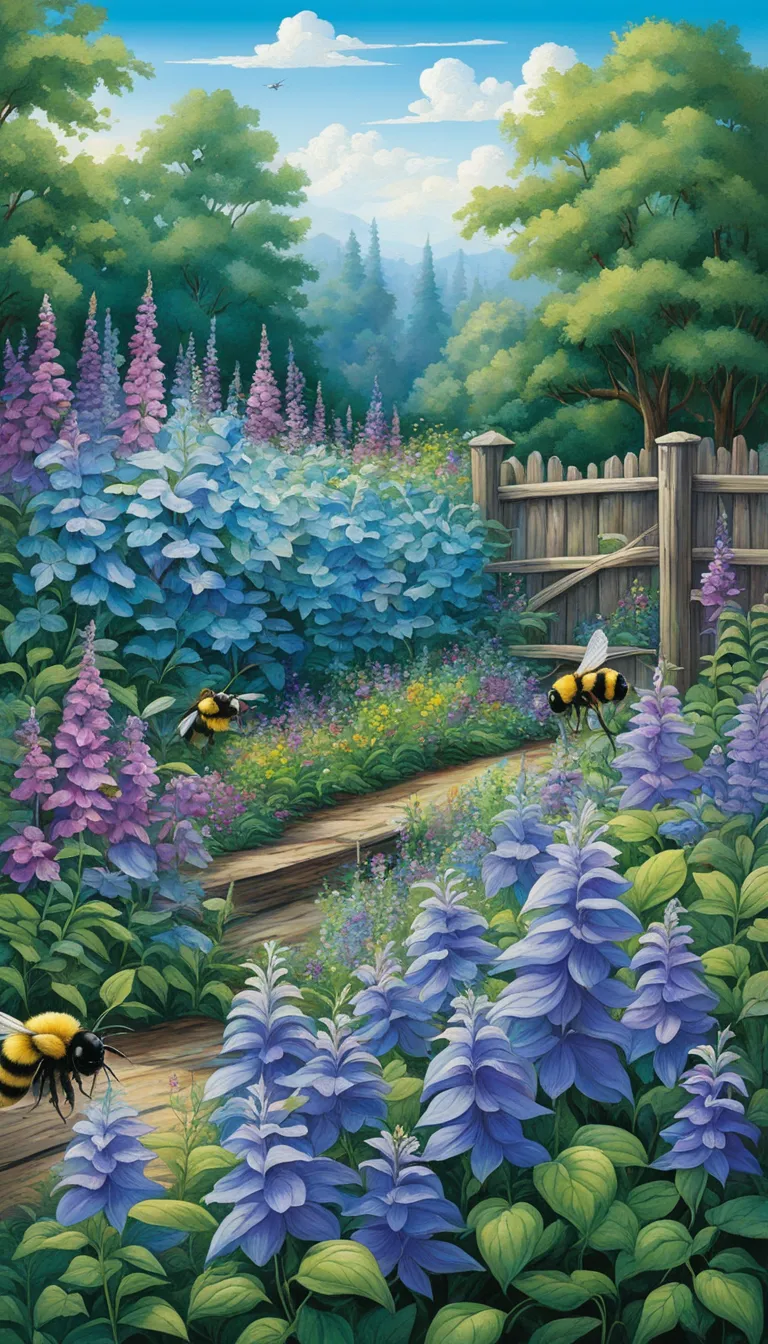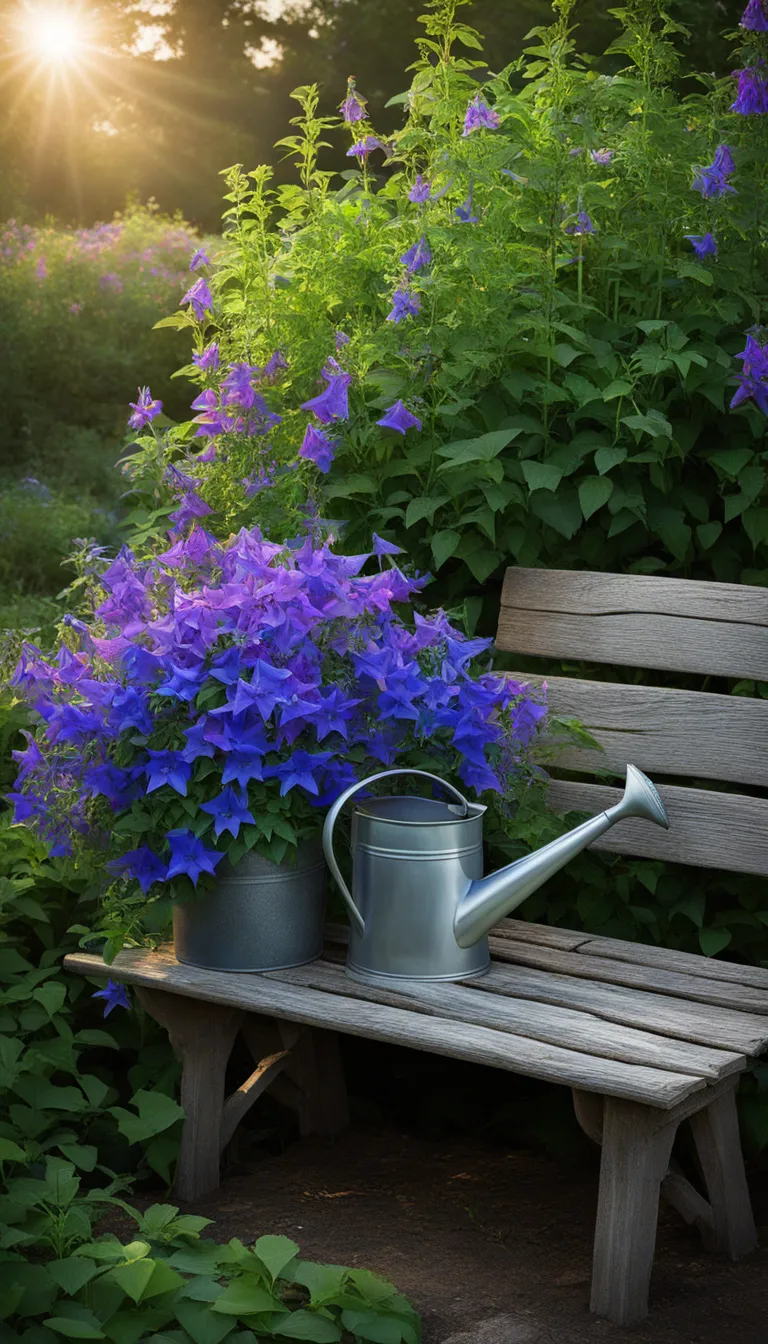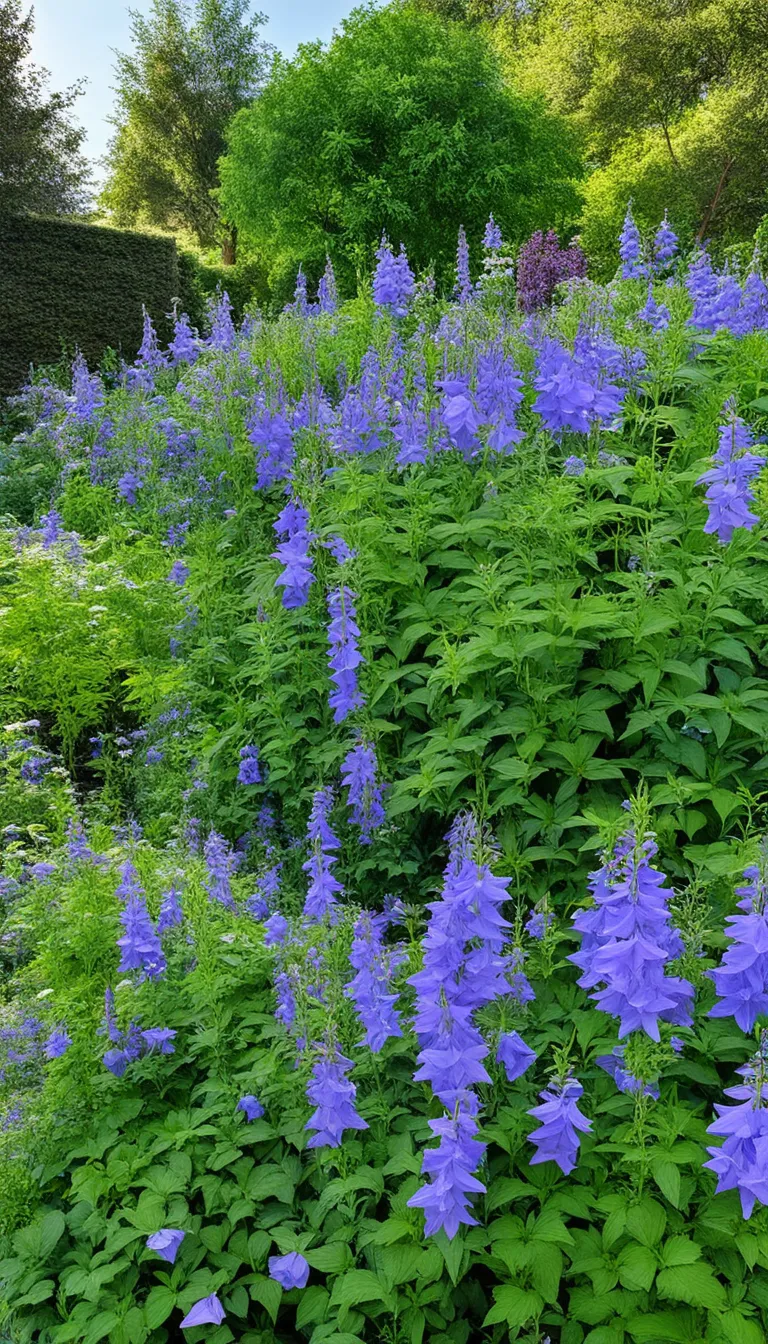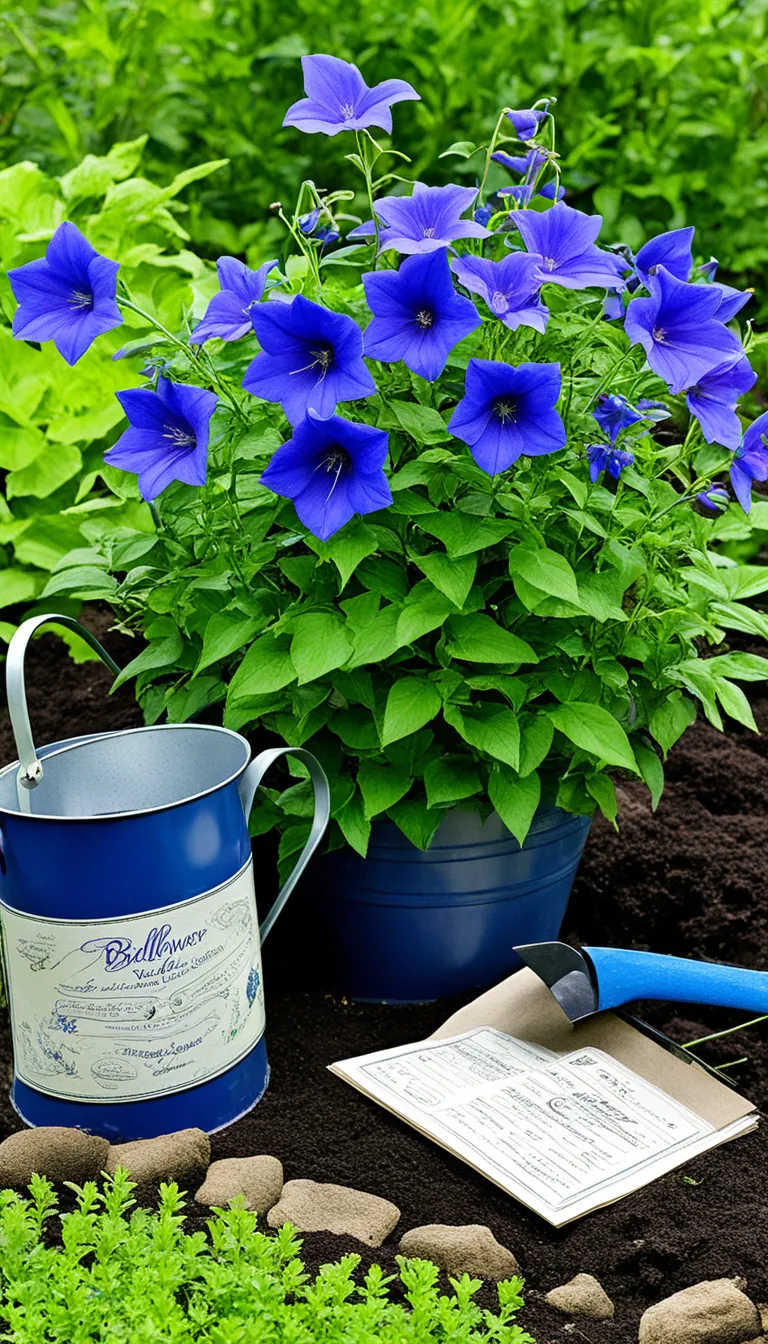Discover the beauty and diversity of the bellflower, a charming perennial that graces gardens with its vibrant blooms and easy care. Have you ever stumbled upon a garden and felt a surge of surprise, as if you’ve witnessed a quiet explosion of color? That’s the bellflower effect! These enchanting plants are not just a feast for the eyes; they’re also a gardener’s dream due to their hardy nature and minimal care requirements.
When we talk about bellflowers, we’re referring to a broad genus, Campanula, which encompasses over 300 species, each with its own unique charm. Can you imagine a symphony of bells softly chiming in the breeze? That’s the visual melody these flowers create in a landscape. Whether you’re looking to add a touch of whimsy to your garden or seeking a low-maintenance beauty, bellflowers are a top contender.
Why are they so beloved? Well, let’s dive into the world of bellflowers and discover their secrets. From the dainty fairy-thimble to the stately Canterbury bells, there’s a bellflower for every corner of your garden. Ready to transform your outdoor space into an enchanting floral wonderland? Keep reading to learn more about these captivating blooms!

What is Bellflower?
Bellflowers, or Campanula, are a diverse group of plants with over 300 species spanning across several continents. They are most commonly recognized for their distinctive bell-shaped blossoms which can range in color from deep blues and purples to pinks and whites. These charming perennials can vary greatly in size, from diminutive ground covers to towering back-of-the-border plants. Their versatility and delightful appearance make them a favorite among gardeners and flower enthusiasts alike.
But what really makes bellflowers so special? Is it their effortless charm or the way they captivate with their simple yet striking beauty? Perhaps it’s their ability to explode with color, creating a surprise element in the garden. Bellflowers are not only aesthetically pleasing but are also known for their hardiness, making them an excellent choice for both novice and experienced gardeners.
Let’s dive into a few key points that highlight the essence of bellflowers:
- Long Blooming: Many bellflowers enjoy a long flowering season, often from early summer to late fall.
- Attracts Wildlife: These flowers are a magnet for bees, butterflies, and other pollinators, adding life to your garden.
- Variety of Uses: Bellflowers are versatile and can be used in rock gardens, borders, containers, or as ground cover.
- Symbolism: In folklore, bellflowers are often associated with gratitude, constancy, and everlasting love.
In conclusion, bellflowers are a garden treasure, offering a delightful display of color and form. Whether you’re looking to add a splash of color or create a haven for wildlife, these perennials are sure to bring joy and vibrancy to any outdoor space.

How to Care for Bellflower?
Caring for bellflowers is a delightful task for any gardener, whether you’re a seasoned pro or just starting out. These charming perennials are not only a visual treat but also remarkably easy to maintain. To ensure your bellflowers are the talk of the neighborhood, follow these simple care instructions:
Sunlight: Bellflowers thrive in full sun to partial shade. They’re versatile, but for the most vibrant blooms, ensure they get at least 6 hours of sunlight a day. If you’re in a particularly hot climate, a spot with afternoon shade will help protect them from scorching.
Soil: These flowers aren’t too picky, but they do prefer well-draining soil. An ideal pH level for bellflowers ranges from 6.0 to 7.5. If you’re dealing with clay-heavy soil, consider amending it with compost to improve drainage.
Watering: Regular watering is key, especially during dry spells. Aim for about 1 inch of water per week, whether through rainfall or manual watering. However, be careful not to overwater, as bellflowers are susceptible to root rot in soggy soil.
Feeding: A light application of a balanced all-purpose fertilizer in the spring can give your bellflowers a boost. However, too much feeding can lead to more foliage and fewer flowers, so keep it moderate.
Mulching: Mulch can help retain moisture, keep the roots cool, and prevent weed growth. A layer of organic mulch, like shredded bark or leaf mold, is perfect for bellflowers.
Pruning: After the first flush of blooms, deadheading spent flowers can encourage a second bloom period. In the fall, cut back the foliage to help prevent winter diseases and pests.
Pest and Disease Management: Keep an eye out for slugs and snails, especially in damp conditions. As for diseases, good air circulation and proper spacing can help prevent most issues.
Remember, every plant has its own personality, so keep an eye on your bellflowers and adjust care as needed. With a little love and attention, these explosive bloomers will surprise you with their resilience and beauty.

What are the Bellflower Varieties?
When you dive into the world of bellflowers, you’ll be amazed by the explosion of diversity that awaits you. These charming perennials come in a surprising array of forms and sizes, each with its own unique allure. Whether you’re looking for a low-growing border plant or a tall backdrop for your garden beds, there’s a bellflower variety that’s perfect for you.
Let’s take a closer look at some of the popular varieties:
- Campanula carpatica (Carpathian Bellflower) – Known for its lovely blue or white flowers, this variety forms a neat mound and is ideal for rock gardens or as edging.
- Campanula glomerata (Clustered Bellflower) – With its tight clusters of purple flowers, it makes a bold statement in any garden setting.
- Campanula lactiflora (Milky Bellflower) – This variety boasts tall spikes of star-shaped flowers, perfect for adding height and drama.
- Campanula poscharskyana (Serbian Bellflower) – A trailing species that cascades beautifully over walls or pots, featuring starry blue flowers.
- Campanula rotundifolia (Harebell or Scottish Bluebell) – A delicate species with thin stems and charming, nodding blue bells.
Each variety of bellflower brings its own special charm to the garden. With a little bit of knowledge and care, these floral beauties can provide a stunning visual impact that will leave onlookers in awe. So why not add some bellflowers to your garden and watch the magic unfold?





